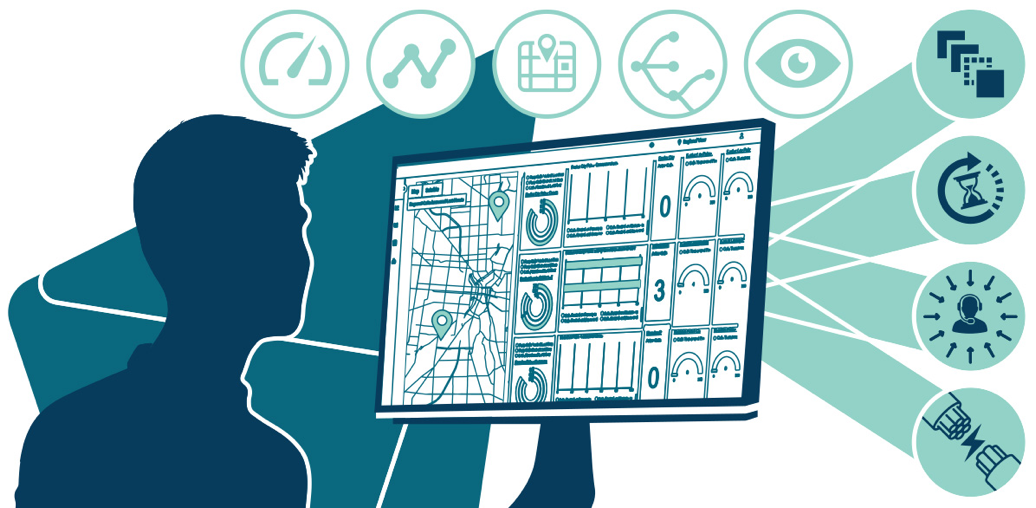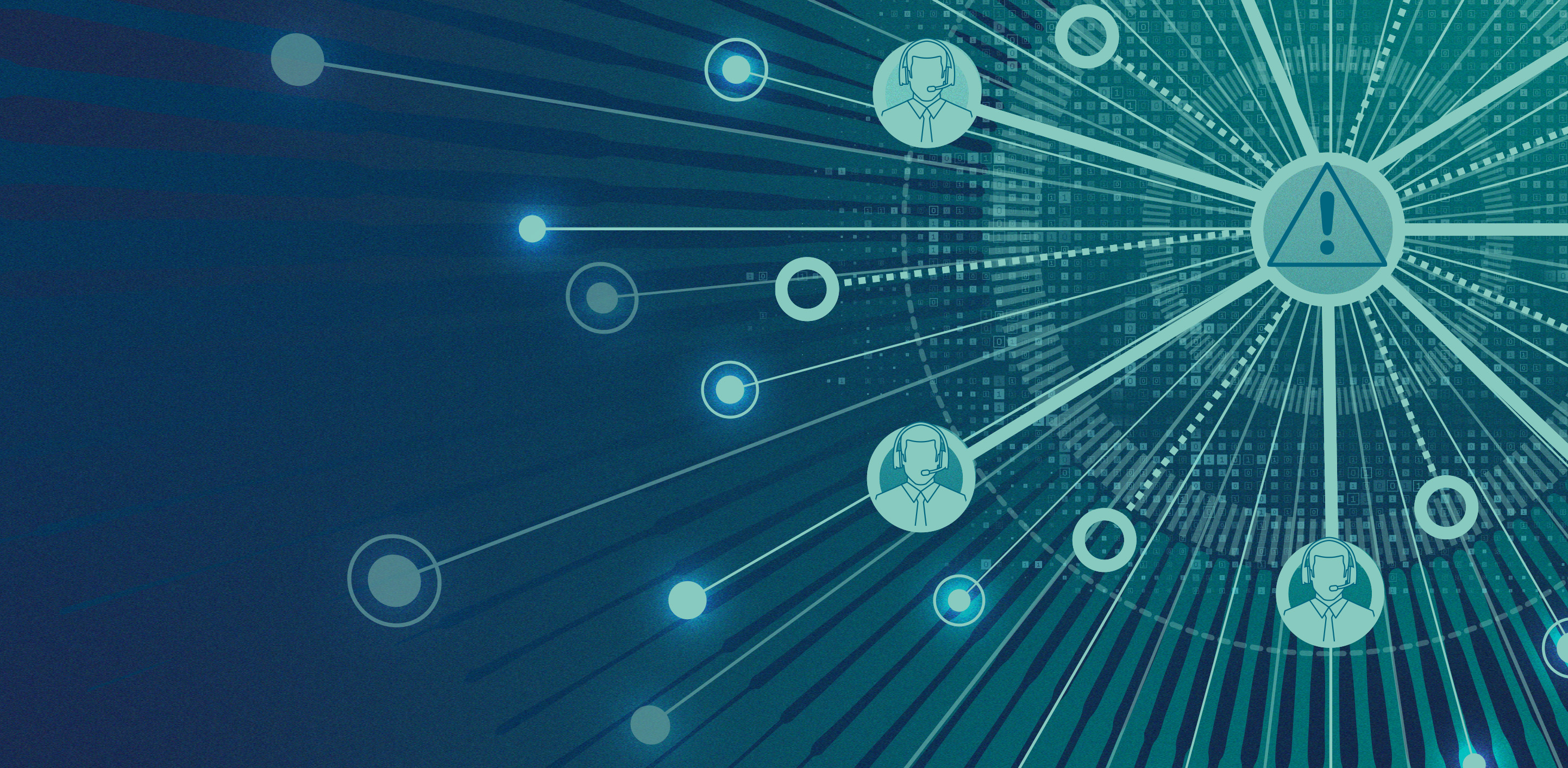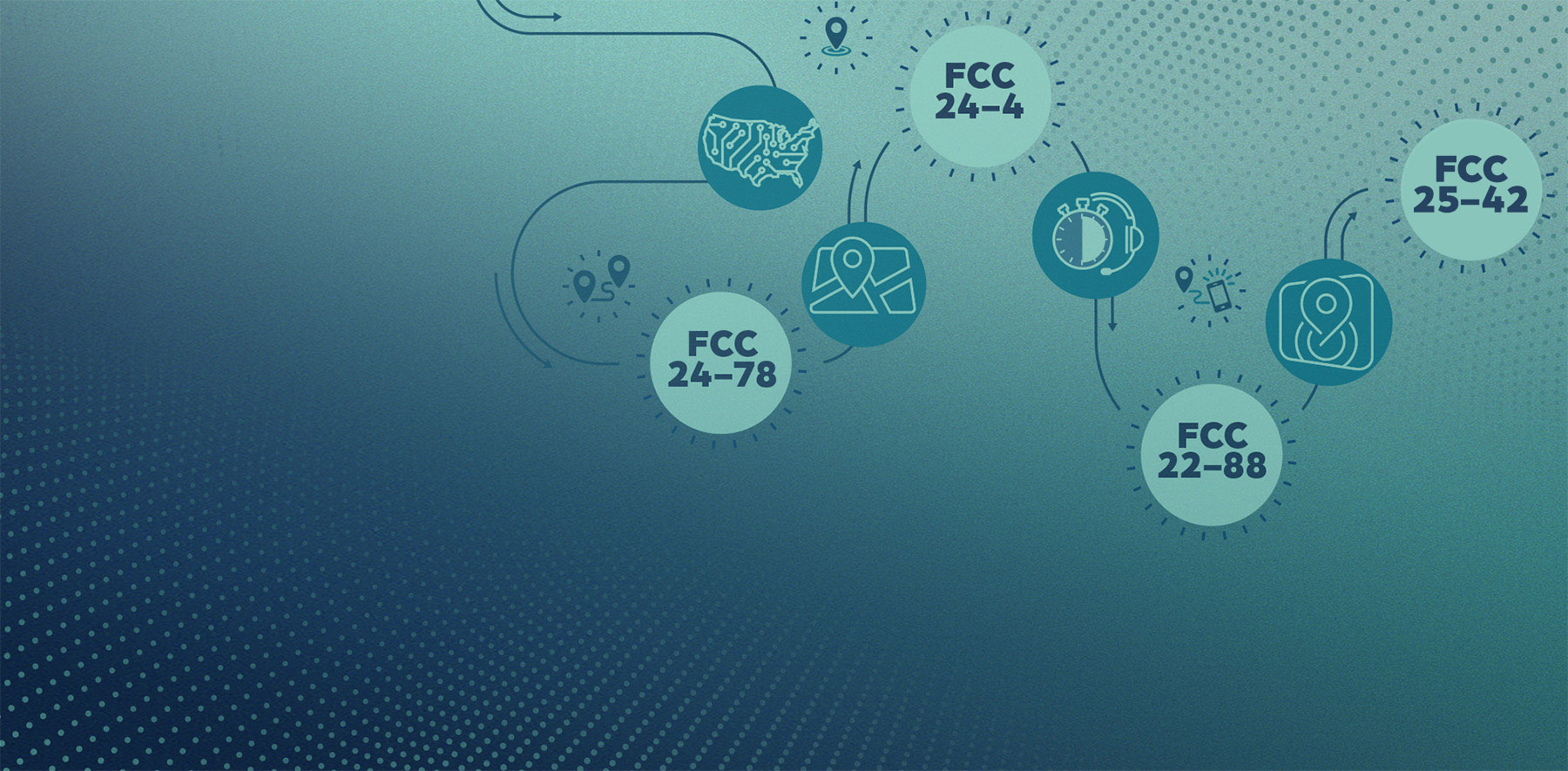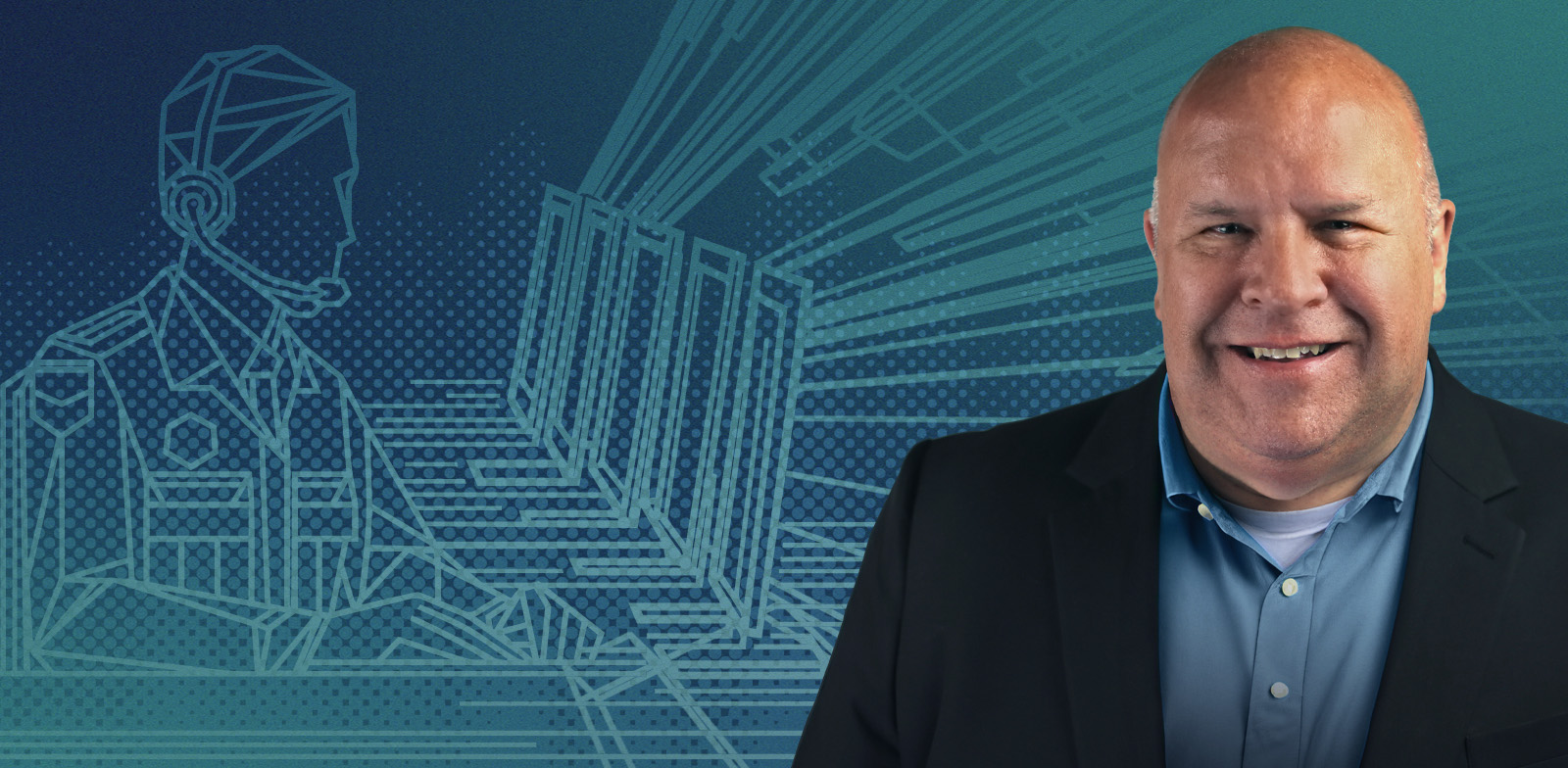Notifying PSAPs During an Outage: How OSPs Can Comply with FCC Regulations
FCC rules for notifying PSAPs of service-impacting issues are enforceable as of April 15, 2025. That means originating service providers (OSPs) have...
At the end of 2022, the FCC (Federal Communications Commission) laid down the gauntlet on improving 911 reliability by issuing an order [FCC 22-88] that would mandate OSPs (Originating Service Providers) notify PSAPs (Public Safety Answering Points) of service disruptions “as soon as possible, but no later than 30 minutes after discovering the outage.” The onus now sits with the public safety community to find the best way to meet this challenging metric on top of a very complex and dynamic NG911 communications network. A good place to start should be to think about cultivating greater transparency.
It's hard to argue with the intent to improve reliability and reporting, and on the surface, that goal sounds like something fairly straightforward in the Internet Protocol age. But when I describe the new mandate as “challenging,” I’m not using that word flippantly. Nor complexity. On the one hand, the communications network is loaded with numerous service components and redundancies, all of which are potentially reportable if disrupted. That emergency service network is developed, deployed, and managed by a diverse set of infrastructure and service providers.
On the other hand, seemingly every one of the thousands of PSAPs has unique operating procedures and agreements with the OSPs as to how they want to be notified of an outage. You don’t need ChatGPT to see the N-squared math in that scenario. Instead of reacting and reporting, we need to find ways to (1) become more predictive and interventive and (2) streamline how we communicate outage information.
One technical solution for early intervention would be to better visualize 911 communications through dashboards. Executive dashboards are graphical interfaces to 911 solutions, both for the communications service providers and PSAPs, that present key performance indicators and highlight potential degradation in connectivity or call delivery. Dashboards can monitor the network state and call volumes (or lack thereof) to detect anomalies and prompt early intervention.

In addition to the predictive nature of dashboards, this technology enables more meaningful and data-driven dialog between service providers and PSAPs with a more productive level of trouble specificity and root cause analyses. Sometimes transparency starts with a phone call to a partner saying, “Hey, we noticed an unusual drop-off in calls in this neighborhood—what do you see on your side?”
Or, on the network side, a service provider’s dashboard could reveal a high percentage of default (failsafe) call routing, where location data may have been interrupted. “Hey, PSAP, you may or may not have noticed the extra transfer delays, but we’re aware of the issue and are working to resolve it. We will notify you when completed.” Or perhaps an ESInet (Emergency Services IP Network) provider is alerted via their dashboard to a loss of redundant capacity due to a natural disaster that doesn’t represent a loss of service to the PSAPs but could be resolved behind the scenes to ensure availability to an affected region.
Without dashboards, many of the initial disruption indicators are buried in various operations and support systems, revealing themselves only after the number of affected calls becomes significant and noticeable to the public. Dashboards can also provide a greater context or aggregation of troubles, especially as service providers express concern that FCC 22-88 might cause a reactionary overreporting of troubles to PSAPs, favoring nominal adherence over impact or severity compliance. PSAPs will, at the least, receive multiple notifications from both the OSP and the registered 911 solution provider for each incident.
Given the potential for more copious or duplicative outage notifications, simplifying the way in which outage data are captured and exchanged between OSP, 911 solution provider, and PSAP is now warranted. The new reporting mandate requires a new level of speed and scale of communication. As a technologist, those requirements point directly to data standardization and automation tools.
Ideally, we want to deliver information to each PSAP in the way that they want to receive it. Custom is king in public safety. But if customization at scale causes more chaos, well, maybe we need to revisit that convention in the quest for greater reliability. Can we come together as a community around more well-defined standards and communications templating? I recognize that with all the efforts now dedicated to NG911 transition, the idea of outage reporting standards and templating might feel like trying to fix a problem that ain’t broken. Yet.
Maybe the root of the issue here isn’t complexity as much as it is ambiguity. As we move to take advantage of cloud computing and IP networking, we’re trying to create more plug-n-play services and operations. We can’t ignore the uncertainty we may create on top of those technologies without addressing the data we feed into them. The speed and scale required for short-window outage reporting may quickly spotlight the state of data transparency today.
Greater clarity also benefits dashboards and their goal to create situational awareness. Creating a common language for public safety increases the likelihood that dashboards become the go-to management tool in a more integrated and interoperable emergency communications network. The ability to see a problem as it forms and then to dig deep into quickly isolating and resolving a potential disruption may rest on each player observing the problem from their perspective, through their dashboard, while communicating across the call flow in the most efficient and effective manner.
While dashboards appear on the surface to be a great tool to monitor activity and performance, their core value is in creating more intuitive and actionable insights and decisions. When trouble strikes a complex and dynamic ecosystem, 30 minutes is not much time to work with if you have to call up and collate data from multiple systems, times multiple partners. While I would be hard-pressed to say that dashboards will provide a true “single point of truth,” they do provide a greater breadth and depth of confidence that makes for more collaborative partnerships, especially when unexpected challenges occur.
Our ultimate goal for emergency communications is, in a word, perfection. We often cite 99.999% reliability. That’s pretty close to perfection. And few industries that I’m aware of, while often claimed, truly invest in and deliver that goal. Those that do, who actually write their SLAs (Service Level Agreements) in the way that we do for 911, utilize dashboards. They hold everyone accountable. And they help us respond as quickly as possible, more because we should than because we are required to.

FCC rules for notifying PSAPs of service-impacting issues are enforceable as of April 15, 2025. That means originating service providers (OSPs) have...

At Intrado, we understand the complexity of regulatory compliance—because we’re in it with you. We partner with service providers, public safety...

As of Tuesday, March 25, 2025, 911 Authorities could begin to issue Next Generation 911 (NG911) service requests under the FCC's transition order....

By a unanimous vote on July 18, 2024, the Federal Communications Commission took a groundbreaking step forward to accelerate the transition to...